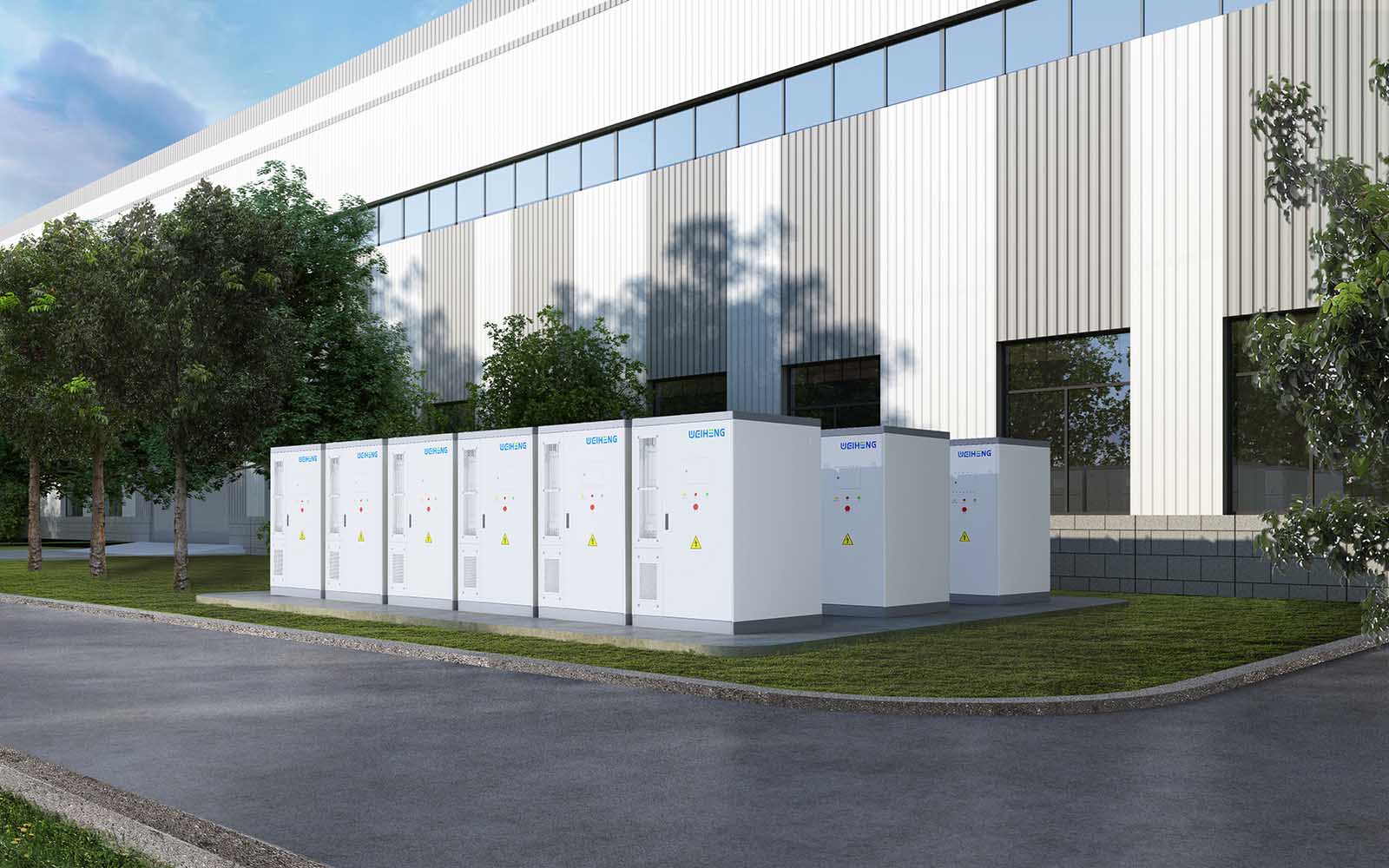
Battery storage farms have developed significantly in the UK in recent years. This development not only confirms the nation’s dedication to renewable energy but also emphasises how the logistical and economic environments that back this green revolution are changing. Now essential to balancing supply and demand on the grid and offering a more consistent supply of renewable energy are battery storage farms, which strategically store and release electricity.
Examining the economics and practicalities of running these facilities becomes more and more important as the market expands.
Financial Implications of Developing a Battery Storage Farm
A battery storage farm is a big financial commitment that calls for rigorous analysis of starting expenses, possible savings, and various revenue streams. An initial battery storage farm setup costs a lot of money. Modern battery purchases and the building of strong infrastructures to support operations come with a price. Still, the financial situation is improving more and more. Costs are being lowered by technology, and encouraging government policies provide incentives that increase the attractiveness of investments.
Battery storage farms mostly make money from services like voltage management, frequency response, and grid balancing. Operators of the network pay for these services appropriately because they are necessary to preserve grid stability. In addition, energy arbitrage—buying electricity at a discount during off-peak hours and selling it at a premium during peak hours—can be profitable for battery storage farms.
Additionally taken into account in the strategic financial planning of these investments are long-term revenue streams from capacity markets and contracts for difference (CfDs) in energy prices. These elements, taken together, make battery storage farms a potentially profitable business endeavour in addition to a technical asset. For anybody wishing to enter this developing industry, knowing the economic aspects of battery storage is therefore essential.
Logistical Considerations in Battery Storage Farm Operations
The operation of a battery storage farm depends critically on efficient logistical planning. One of the most important initial decisions is choosing the best place. The site needs to be far enough from residential areas to prevent disruptions like noise pollution, yet close enough to the national grid to enable a simple connection for effective energy transmission. Both setup costs and operational effectiveness can also be influenced by the local environment and physical topography.
Comparably important decisions include the storage system’s configuration and battery technology. To guarantee the best operation, operators need to strike a balance between cost, energy capacity, longevity, and efficiency. Though alternative battery technologies may be used depending on certain operational requirements or environmental conditions, modern battery technologies like lithium-ion are popular because of their great efficiency and declining cost.

Moreover, the practicalities of a battery storage farm go beyond its actual parts. Energy storage, delivery, and maintenance are complex dynamics that require a skilled management system. This incorporates cutting-edge software solutions for real-time data monitoring, predictive maintenance, and energy management to save downtime and prolong battery life.
To ensure a battery storage farm operates successfully, navigating these logistical obstacles calls for careful planning and ongoing adjustment to market conditions and technological breakthroughs.
The Growth of Battery Storage Farms in the UK
The future energy of the UK depends on the promising and vital development trajectory of battery storage farms. Motivated by the growing grid integration of renewable energy, battery storage farms are essential for controlling the natural intermittent nature of sources like solar and wind. These plants guarantee a steady and dependable electricity supply even in periods of low renewable generation.
According to recent studies, battery storage capacity in the UK is expected to rise dramatically. The necessity to retain extra energy produced during periods of high production and improve grid stability is what drives this. Such capacity is essential to supporting the grid at different demand levels as well as lessening dependence on conventional fossil fuels.
Because of the government’s dedication to a more environmentally friendly energy industry, energy storage solution development has benefited from advantageous laws and incentives. These projects are meant to draw in capital and promote creativity in the industry. Through the financial assistance of the implementation of technologies like battery storage, systems like the capacity market, for example, seek to guarantee an adequate electricity supply during demand spikes.
Technology developments and battery storage system costs coming down are driving this expansion by making projects more profitable and enticing to investors. The UK is therefore ideally positioned to spearhead the development and use of battery storage technology, providing a scalable and long-lasting model for other markets across the world.
Case Studies
The advantages of battery storage farms are demonstrated by several case studies from the UK. One of the best illustrations is the Pelham Battery Storage Facility. Able to power 13,000 homes, this example demonstrates the deliberate integration of battery storage in preserving energy stability while also supporting the system during erratic supply and demand. This facility has shown that a storage farm may successfully balance the grid and offer insightful information about operational processes and efficiencies with careful management and appropriate placement.
Another important example is the battery storage project at Clay Tye which is currently under construction. Using several revenue sources, including capacity market fees and balancing services, this facility demonstrates the financial sustainability of battery storage farms. Participating in the capacity market, the Clay Tye project guarantees a consistent revenue stream by offering a guaranteed power supply during periods of peak demand, therefore enhancing system reliability.
The important role battery storage farms play in the energy landscape of the United Kingdom is highlighted by these case studies. Together with helping to smooth out the intermittent nature of renewable energy sources, they also act as a buffer against changes in energy prices. Every effort advances industry knowledge and use of these vital systems by contributing important data and experience.
In summary, battery storage farms play an ever more important role as the UK moves closer to sustainable energy targets. These facilities provide major financial benefits in addition to being necessary to guarantee energy stability. For possible investors, knowing the financial and practical issues of running battery storage farms is essential. The industry offers bright prospects thanks to government regulations that are encouraging and to technical developments.







